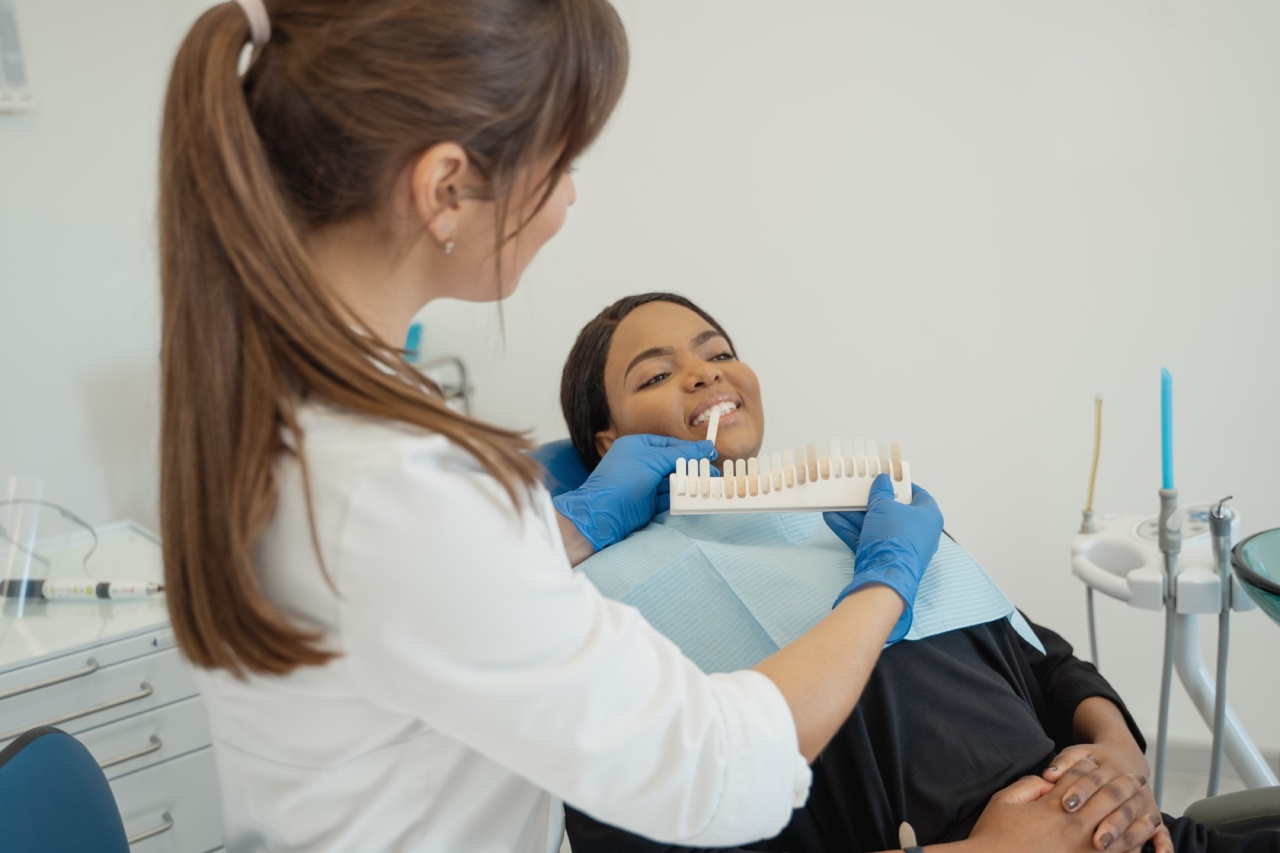Headaches are a common problem that many people experience. However, headaches caused by exposure to the sun are not as well-known. Sun-related headaches occur when you are exposed to the sun for prolonged periods, and they can be quite uncomfortable.
In this guide, we’ll outline the causes and suggest some treatment options for sun-related headaches.
What are Sun-Related Headaches?
A sun headache or a “heat headache” is a type of headache that occurs due to prolonged exposure to sunlight. It can also be caused by exposure to other sources of heat, such as room temperatures, saunas, or hot tubs.
A sun-related headache can be a standalone headache or can be accompanied by symptoms such as dizziness or nausea.
What causes Sun-Related Headaches?
There are several factors that can contribute to sun-related headaches:.
Sunburn:
Sunburn occurs when your skin is exposed to the sun for too long without adequate protection. Sunburns can cause skin redness, blisters, and peeling. They can also cause headaches due to the inflammation that occurs in the body.
Dehydration:
Dehydration can occur when you lose too much fluid from your body. High temperatures and excessive sweating can cause dehydration and lead to headaches. Dehydration can also cause other symptoms such as dizziness, fatigue, and confusion.
Heat Exhaustion:
Heat exhaustion is a condition that occurs when your body overheats. It can cause headaches, dizziness, nausea, and fatigue. Heat exhaustion can be caused by prolonged exposure to high temperatures and can be dangerous if not treated properly.
Migraines:
Migraines are a type of headache that can be triggered by a variety of factors, including exposure to the sun. Bright sunlight can trigger migraines in some people, and this can lead to sun-related headaches.
Symptoms of Sun-Related Headaches
The symptoms of sun-related headaches can vary from person to person. However, some common symptoms include:.
- Headache
- Dizziness
- Dehydration
- Fatigue
- Nausea
Treatment for Sun-Related Headaches
The treatment of sun-related headaches depends on the severity of the headache and the underlying cause. Below are some common treatment options:.
Rest in a Cooler Environment:
If you are experiencing a sun-related headache, resting in a cool environment can help alleviate the symptoms. It will also help lower your body temperature and prevent dehydration.
Rehydrate:
If your headache is caused by dehydration, it is important to rehydrate. Drinking water, sports drinks, or coconut water can help replace lost fluids and electrolytes.
Pain Relievers:
Over-the-counter pain relievers such as ibuprofen can help alleviate the pain associated with sun-related headaches.
Avoid the Sun:
Avoiding the sun during the hottest parts of the day can help prevent sun-related headaches. If you must go outside, wear a hat and use sunscreen to protect your skin from the sun.
Prevention of Sun-Related Headaches
Preventing sun-related headaches involves taking precautions to reduce your exposure to the sun. Here are some tips:.
Wear a Hat:
A hat can help protect your face and eyes from the sun. It also provides some shade to your head, which can help prevent sun-related headaches.
Wear Sunscreen:
Sunscreen can help protect your skin from the harmful UV rays of the sun. It is important to apply sunscreen generously and frequently, especially if you are spending time outdoors.
Stay Hydrated:
Drink plenty of water and other fluids to stay hydrated. Avoid alcohol and caffeinated drinks, as they can dehydrate your body.
Take Breaks:
If you are spending time outdoors, take regular breaks in a cool and shaded area. This will help prevent overheating and dehydration.
When to See a Doctor
If your sun-related headache is severe, lasts for a long time, or is accompanied by other symptoms such as fever, vomiting or confusion, it is important to see a doctor.
They can help diagnose the underlying cause of the headache and suggest appropriate treatment options.






























